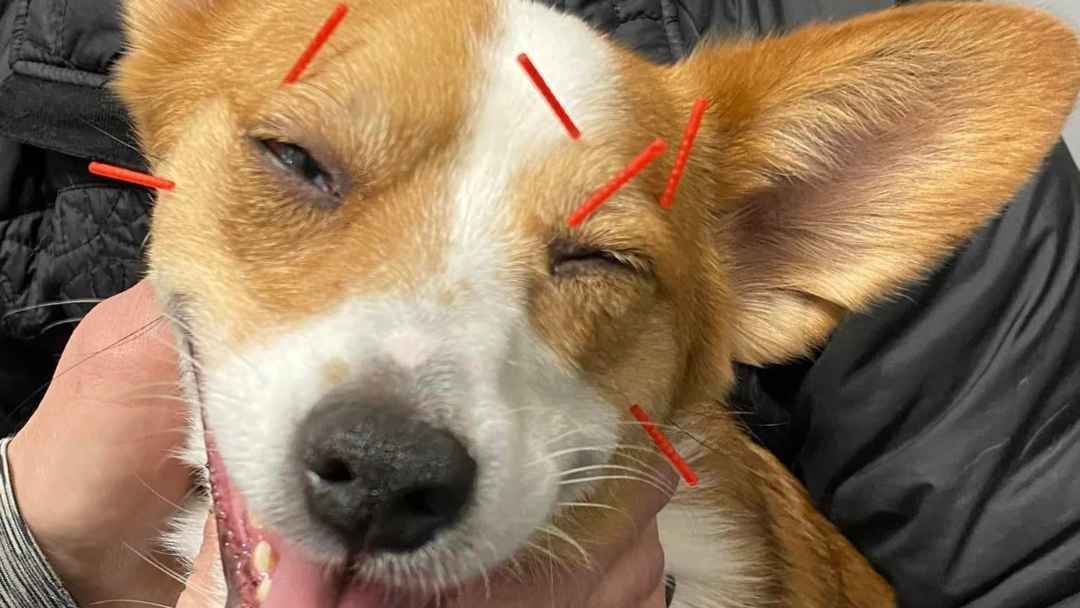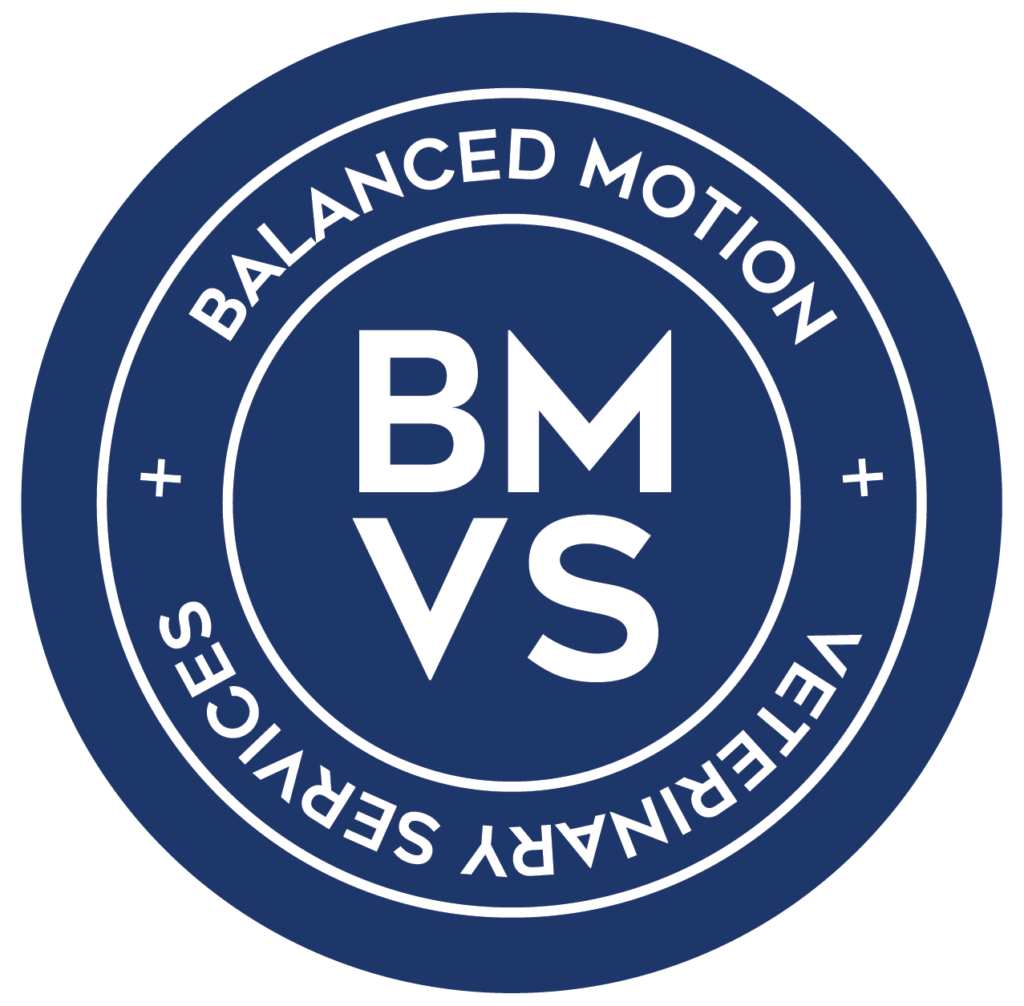Introduction: Common Eye problems in dogs
There are many common eye problems in dogs, and some of them can be corrected with surgery or medication. Acupuncture can be added as a complementary treatment for most dog eye problems. The most common eye problems in dogs include cataracts, conjunctivitis (inflammation of the eyes), corneal ulcers, keratoconjunctivitis sicca (dry eyes), progressive retinal atrophy (PRA) and cherry eye.
Dealing with Eye Issues with the Help of Canine Acupuncture
Canine acupuncture is a mildly invasive and painless way of dealing with eye issues.
The use of canine acupuncture for eye issues was first documented in ancient Chinese texts, and it is still widely used today. Acupuncture can help improve circulation, reduce inflammation and swelling, and release tension in the muscles around the eyes. It can also help to relieve pain or discomfort.
This alternative medicine is also very beneficial for dogs who suffer from chronic or recurring dog eye issues or issues that traditional medicine is having difficulty completely correcting.
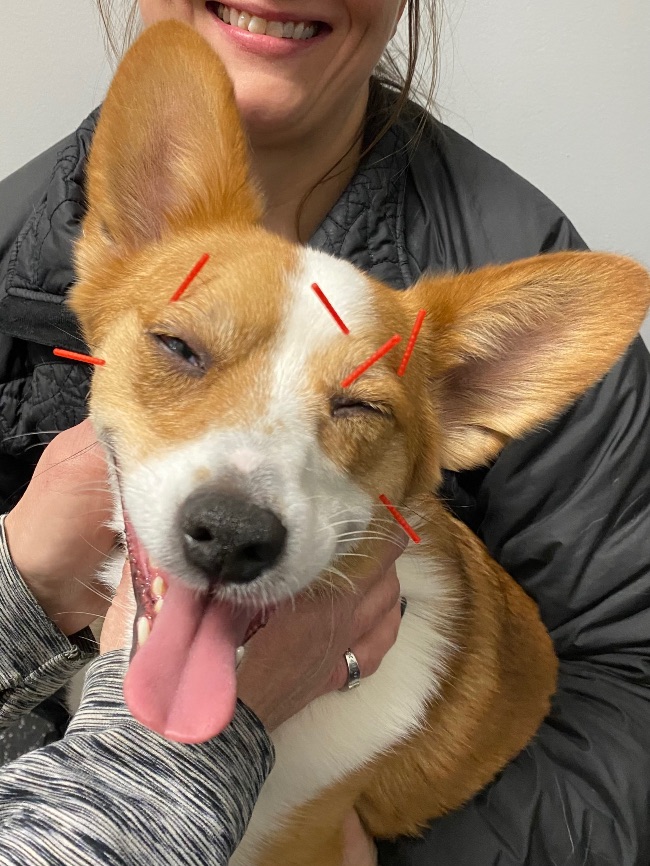
What is Needed to Treat Your Dog’s Eye Issues With Acupuncture
Acupuncture is an ancient Chinese medical treatment that involves the insertion of very thin needles into the body at specific points. It has been used for centuries to treat a variety of conditions, including canine eye issues.
The acupuncture treatment usually requires a series of sessions that are held over a period of weeks or months, depending on the condition being treated. The goal is to correct imbalances in the body’s energy flow and stimulate healing.
A veterinarian should be consulted before starting any type of treatment, but if you are considering acupuncture, a veterinarian certified in veterinary acupuncture would be best for treatment. You can find a certified veterinary acupuncturist through either the Chi University or the International Veterinary Acupuncture Society (IVAS).
What Acupuncture Points are Used to Treat Your Dog’s Eye Problems?
Each veterinary acupuncturist will have their own preferences or favorite points to use when treating dogs. Typically for eye issues the points are directly around the eyes. Don’t worry typically dogs are fine with the needles around the eye, strange as that may sound.
My favorites are the following acupuncture points: ST1, BL1, GB1, GB14 and distal point LU7. All on the same side as the eye with the problem.
The Case of Chip and His Acupuncture Treatment
Chip is a wonderful chocolate lab. I will let his owner tell you about his case –
Chip has had Horners Syndrome in his left eye since October. After numerous vet appointments and a trip to the ophthalmologist and using every eye drop and antibiotic on the market it showed no improvement. So a friend of mine told me about a client’s dog with the same issue and they tried acupuncture and it was the difference between night and day. Dr. Dan Beatty already comes to the farm for the horses so I asked if he could do acupuncture on Chip’s eye. Of course he says. Well folks here are the results of just 2 acupuncture treatments. I have my old Chip back. Dr. Dan has done work on my animals for over 25yrs. The gratitude I have for him is endless. He has seen me thru some of the toughest days of my life. We scored on this one though Dr. Dan- I got my happy ending. Chip and I thank you.
used with permission from Chip’s mom, Traci
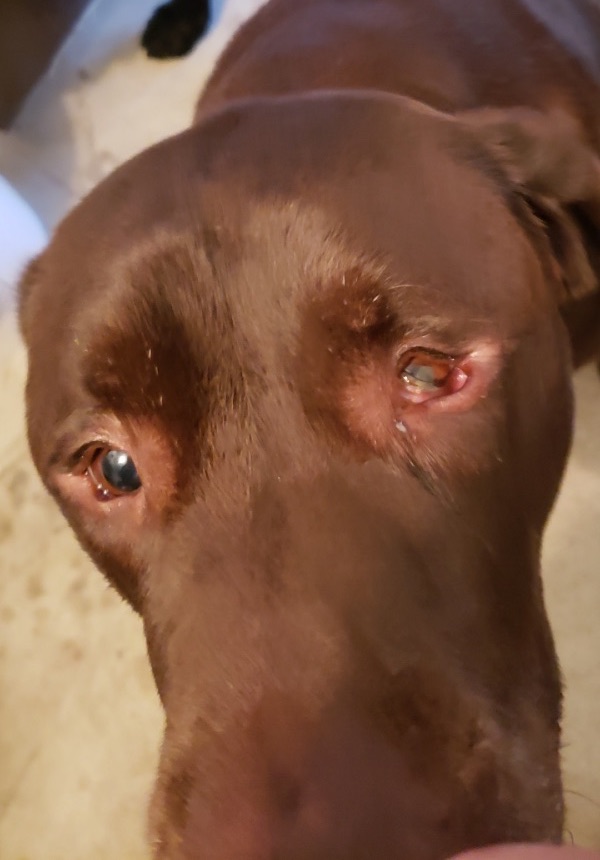

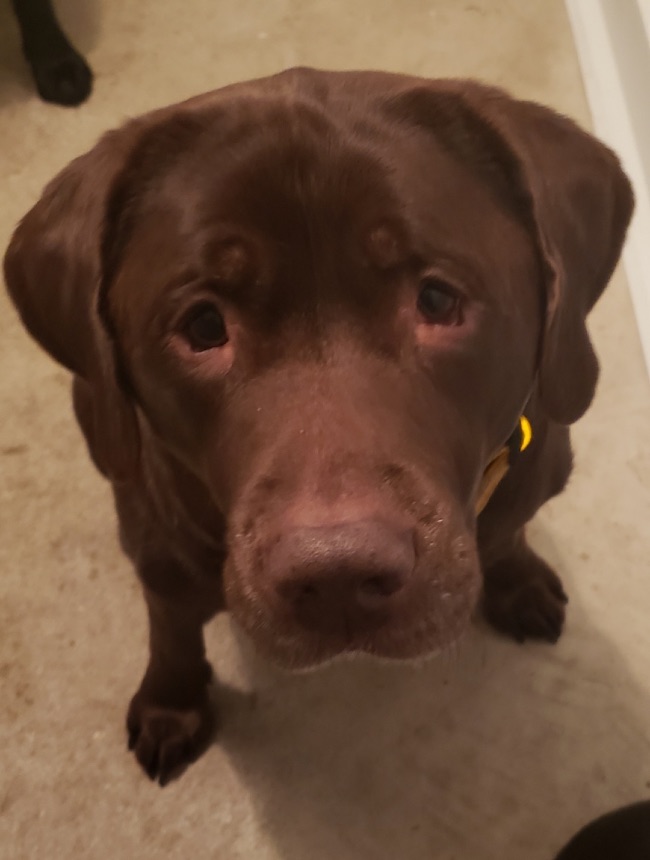
Animal acupuncture is a viable option for people who have dog eye problems.
The use of acupuncture for animals is becoming more popular in the veterinary world.
Acupuncture is an effective treatment for many dog eye problems such as dry eyes, corneal ulcers and conjunctivitis. Acupuncture can help improve circulation, reduce inflammation and swelling, and relieve pain. To learn more about what we offer for acupuncture treatments go to Balanced Motion Vet Acupuncture and TCVM

